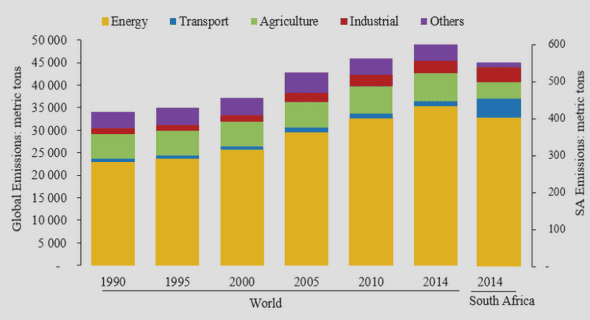(Downloads - 0)
For more info about our services contact : help@bestpfe.com
Table of contents
1. Introduction
1.1 Need of EMC in electronic components
1.2 Measurement methods of PCB emissions
1.3 Near field measurements
1.3.1 Near field and far field
1.3.2 Why near field measurements?
1.4 Objective of the thesis
1.5 References
2. State of the art
2.1 Near Field Probes
2.1.1 Electro-optical probes
2.1.2 Electromagnetic probes
2.2 Synthesis of radiating sources
2.3 Conclusion
2.4 References
3. Design and characterization of printed circuit magnetic probes
3.1 Introduction
3.2 Parameters of the probe
3.3 The near field test bench
Reference circuit
3.4 Printed magnetic field probes
3.5 Printed circuit probes type 1 (with microstrip line)
3.5.1 Simulation model
3.5.2 Simulated results
3.5.3 Effect of the structure of loop
3.5.4 Effect of the transmission line
3.5.5 Characterization of microstrip probes
3.6 Printed circuit probes type 2 (with CPW line)
3.6.1 Coplanar waveguide (CPW) design
3.6.2 Grounded coplanar waveguide (GCPW) design
3.6.3 Design of coplanar probes
3.6.4 Characterization
3.7 Response of the loop to currents and voltages on the trace
3.8 Miniaturized Shielded magnetic probe
3.8.1 Design of the shielded probe
3.8.2 Equivalent circuit model
3.8.3 Characterization
3.8.4 Effect of the length of the probe and arm of the measurement system
3.9 Design and characterization of 3 axis magnetic field probes
3.9.1 Design and characterization
3.10 Active magnetic probes
3.10.1 Design of active probe
3.10.2 Characterization
3.10.3 Positioning of the amplifier on the active probe
3.11 Conclusion
3.12 References
4. Source reconstruction methods for the prediction of EMC
4.1 Introduction
4.2 EM source reconstruction using inverse- TLM method
4.2.1 Time reversal- an overview
4.2.2 Transmission line matrix (TLM) method
4.2.3 Inverse TLM method
4.2.4 EM source synthesis with reverse TLM method- state of the art
4.3 Equivalent source from near field data using Inverse TLM Method
4.3.1 Excitation signal
4.3.2 Reconstruction of ideal sources
4.3.3 Effect of near field scanning height on source reconstruction
4.3.4 Spatial resolution
4.3.5 Application of frequency domain NFS data to time domain TLM method
4.3.6 Calculation of equivalent source
4.3.7 Limitations of source reconstruction using Inverse TLM method
4.4 Equivalent source by 2D cross-correlation method
4.4.1 2 D cross-correlation method
4.4.2 Formulation of the equations
4.4.3 Algorithm for finding the equivalent source
4.4.4 Validation by application to elementary currents
4.4.5 Application to PCBs on air
4.5 Prediction of the radiated field
4.5.1 Far field integral
4.5.2 Radiation from monopole
4.5.3 Predicted field of bend monopole
4.6 Conclusions
4.7 References
5. Conclusions and perspectives
APPENDIX
References
List of publications
Résumé


